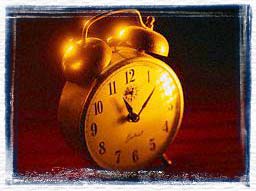
 Walt Disney was born in Chicago on December 5, 1901. Mickey Mouse made his screen debut on November 18, 1928 in Steamboat Willie , a short black-and-white animated musical. So began a partnership that charmed generations and has had an amazing influence on American culture and the way the US is seen around the world.
Walt Disney was born in Chicago on December 5, 1901. Mickey Mouse made his screen debut on November 18, 1928 in Steamboat Willie , a short black-and-white animated musical. So began a partnership that charmed generations and has had an amazing influence on American culture and the way the US is seen around the world.
When TIME magazine named Walt Disney as one of the most important people of the twentieth century, they wrote, "He created Mickey Mouse and produced the first full-length animated movie. He invented the theme park and originated the modern multimedia corporation. For better or worse, his innovations have shaped our world and the way we experience it. But the most significant thing Walt Disney made was a good name for himself."
To parents around the world Disney means clean, decent entertainment for their children. And it all started with a mouse.
Happy Birthday, Mickey!!
A Brief History of Mickey Mouse
Mickey Mouse - Wikipedia
An unofficial Mickey site
A Brief History of Mickey Mouse
Mickey Mouse - Wikipedia
An unofficial Mickey site



